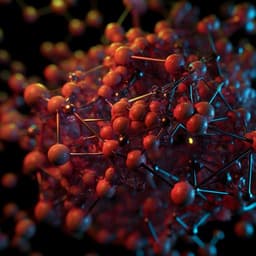
Engineering and Technology
Polymerizable rotaxane hydrogels for three-dimensional printing fabrication of wearable sensors
X. Xiong, Y. Chen, et al.
This groundbreaking study unveils conductive polymerizable rotaxane hydrogels (PR-Gel) that are not only stretchable and fatigue-resistant but also show remarkable capabilities as strain sensors for body motions and ECG signals. With impressive self-healing properties and skin adhesion, this innovation by authors from South China University of Technology is paving the way for next-generation wearable sensors.
~3 min • Beginner • English
Related Publications
Explore these studies to deepen your understanding of the subject.







